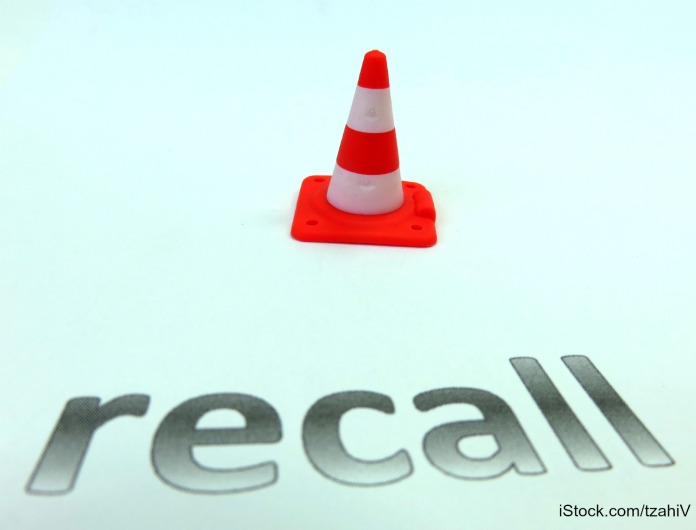We tell you about food recalls every day. All foods in this country are regulated by the FDA and the USDA. Manufacturers must follow guidelines for production, label the food correctly, and make sure it won’t make people sick.

But when a problem occurs, a recall may be issued. And if a recalled product is an ingredient in other products, secondary recalls are issued. When a product is defective or harmful, removing it from the marketplace is the most effective way to protect consumers.
Recalls are almost always voluntary. A company could discover a problem and recall a product on their own, or they could recall it after the FDA raises concerns. The FDA can also request a recall. The government oversees the recall strategy and assesses its adequacy. Food products may be recalled because they could be contaminated with pathogenic bacteria or toxins, because their labels aren’t correct, or because they contain an allergen that isn’t marked on the product.
Recalls begin in several ways. First, a company discovers a problem and contacts the FDA. Or, the FDA may inspect a facility and find reasons for a recall. The FDA could receive reports of health problems, or the Centers for Disease Control and Prevention contact the FDA about a problem.
The FDA publicizes a recall only when it believes that public needs to be alerted. Catherine McDermott, public affairs manager in the Division of Federal-State Relations in FDA’s Office of Regulatory Affairs said, “It’s about being as transparent as possible. If we feel there is that much of a health risk, we will offer media updates every day to give new information, and all that we know gets posted to FDA’s Web site.”
The FDA then evaluates “whether all reasonable efforts have been made to remove or correct a product..” The recall is complete when all of the company’s actions are reviewed by government officials and deemed appropriate.. The FDA then makes sure that the product was destroyed or suitably reconditioned, and investigates why the problem occurred in the first place.
There are three levels of recalls. Class I means that the product may be dangerous or defective that could cause serious health problems or death. Class II means that the products may cause a temporary health problem or pose a slight threat of a serious nature. And Class III recalls are for products that are unlikely to cause an adverse health reaction, but they violate FA labeling or manufacturing laws.




